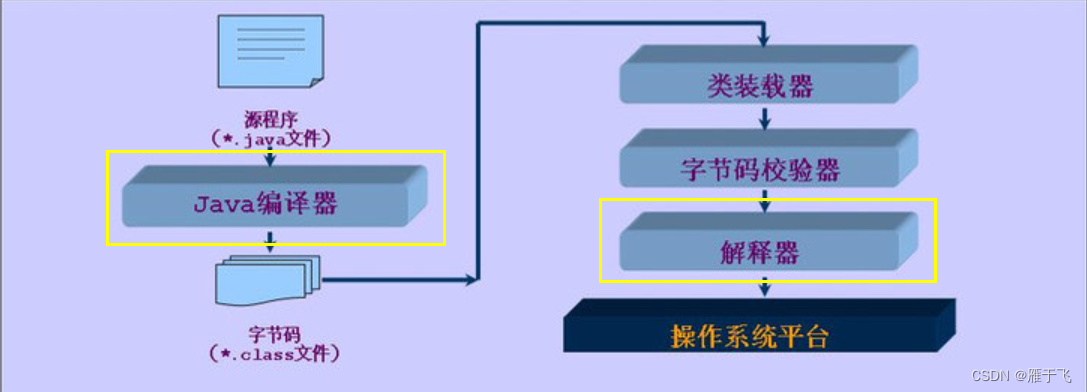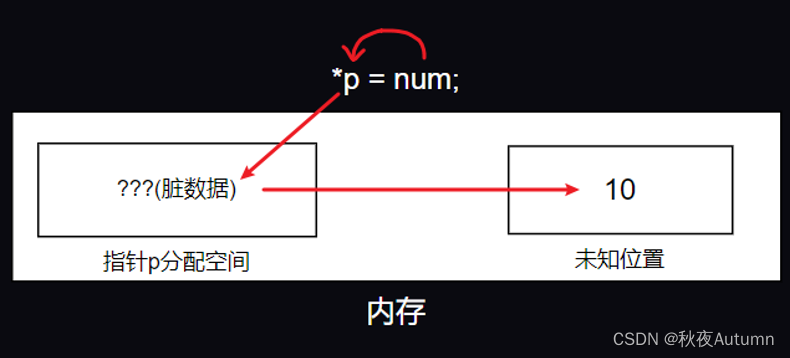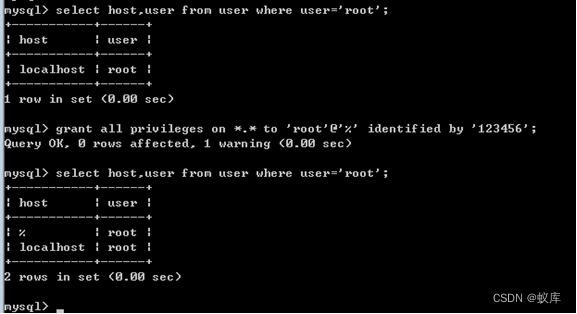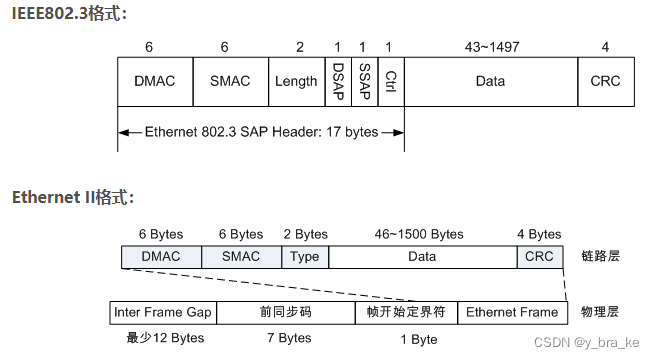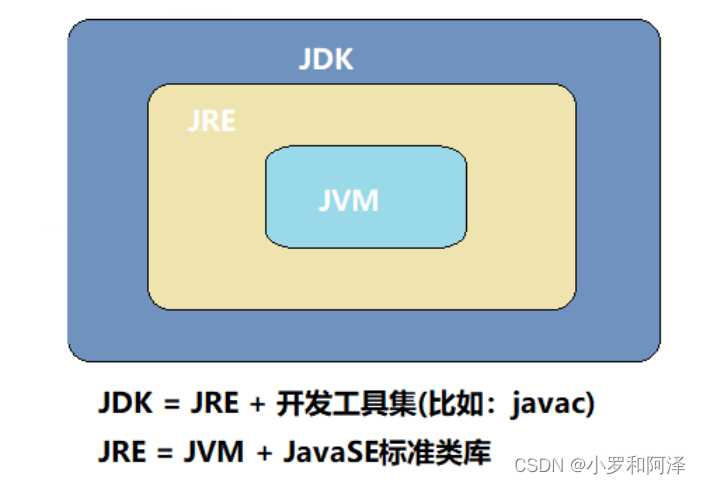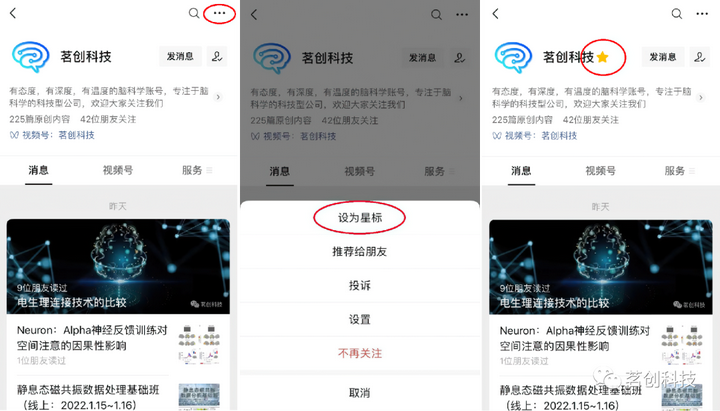Title
题目
CNN-O-ELMNet: Optimized Lightweight andGeneralized Model for Lung DiseaseClassification and Severity Assessment
CNN-O-ELMNet: 优化的轻量化通用模型,用于肺部疾病分类和严重性评估
01
文献速递介绍
肺部疾病是全球主要的致残和死亡原因。根据世界卫生组织(WHO)的数据,肺部疾病约占全球死亡人数的10%,是全球第三大死因[1]。肺癌是全球癌症相关死亡的主要原因,2020年共记录了180万人死亡。结核病是重大的公共健康问题,每年约有1000万例病例报告,导致大约140万人死亡。因此,准确识别这些肺部疾病对于确定适当的治疗和住院需求至关重要。
为了诊断和分类肺部疾病,传统方法主要依赖于胸部X射线(CXR)和计算机断层扫描(CT)等医学影像技术。然而,即使是经验丰富的放射科医生也可能难以准确诊断和分类这些疾病。胸部X射线常用于慢性肺部疾病如结核病(TB)、肺癌(C)和气胸(P)的无创检测。胸部X射线可以显示气胸的迹象,如肺部标记的缺失、肺部塌陷的可见边缘、肺部周围的暗区以及纵隔移位。
Abstract
摘要
The high burden of lung diseases on healthcare necessitates effective detection methods. CurrentComputer-aided design (CAD) systems are limited by theirfocus on specific diseases and computationally demanding deep learning models. To overcome these challenges,we introduce CNN-O-ELMNet, a lightweight classificationmodel designed to efficiently detect various lung diseases,surpassing the limitations of disease-specific CAD systemsand the complexity of deep learning models. This modelcombines a convolutional neural network for deep featureextraction with an optimized extreme learning machine, utilizing the imperialistic competitive algorithm for enhancedpredictions. We then evaluated the effectiveness of CNNO-ELMNet using benchmark datasets for lung diseases:distinguishing pneumothorax vs. non-pneumothorax, tuberculosis vs. normal, and lung cancer vs. healthy cases.Our findings demonstrate that CNN-O-ELMNet significantlyoutperformed (p < 0.05) state-of-the-art methods in binaryclassifications for tuberculosis and cancer, achieving accuracies of 97.85% and 97.70%, respectively, while maintaining low computational complexity with only 2481 trainableparameters. We also extended the model to categorizelung disease severity based on Brixia scores. Achieving a96.20% accuracy in multi-class assessment for mild, moerate, and severe cases, makes it suitable for deploymentin lightweight healthcare devices.
肺部疾病对健康保健的高负担需要有效的检测方法。当前的计算机辅助设计(CAD)系统局限于特定疾病,并且对计算要求深度学习模型。为了克服这些挑战,我们引入了CNN-O-ELMNet,这是一个轻量级分类模型,旨在有效检测各种肺部疾病,超越特定疾病CAD系统和深度学习模型的限制与复杂性。该模型结合了用于深度特征提取的卷积神经网络和优化的极限学习机,利用帝国竞争算法提升预测能力。我们使用肺部疾病的基准数据集评估了CNN-O-ELMNet的有效性:区分气胸与非气胸、结核病与正常、肺癌与健康病例。我们的研究结果显示,CNN-O-ELMNet在结核病和癌症的二元分类中显著优于(p < 0.05)最先进的方法,分别达到97.85%和97.70%的准确率,同时保持低计算复杂性,仅使用2481个可训练参数。我们还扩展了该模型,根据Brixia评分对肺部疾病严重程度进行分类评估。在轻度、中度和重度病例的多类别评估中达到96.20%的准确率,使其适用于轻量级医疗设备的部署。
Method
方法
The CNN-O-ELMNet model integrates the ELM approach,a three-layered single hidden layer feedforward neural networkfor input reception, feature-based computation, and outputgeneration. Additionally, it employs the ICA algorithm torandomize countries into imperialists and colonies based oncost function values, leading to competitive interactions andthe emergence of a single empire. In the proposed CNN-OELMNet model, three stages— pre-processing, feature extraction, and classification are utilized,
CNN-O-ELMNet模型集成了ELM方法,这是一个三层的单隐藏层前馈神经网络,用于输入接收、基于特征的计算和输出生成。此外,它采用ICA算法根据成本函数值将国家随机分为帝国和殖民地,导致竞争性互动和单一帝国的形成。在提议的CNN-O-ELMNet模型中,使用了三个阶段——预处理、特征提取和分类。
Conclusion
结论
The proposed CNN-O-ELMNet model represents a robustand lightweight classifier tailored for a broad spectrum oflung diseases. Across various classification tasks, includingthe discrimination of pneumothorax from non-pneumothorax,tuberculosis from normal cases, lung cancer from healthyindividuals, and the assessment of COVID-19 severity levels(mild, moderate, and severe), our model consistently demonstrates its proficiency. Leveraging ICA to fine-tune the hiddenlayer parameters of the simplified ELM, CNN-O-ELMNetnot only significantly enhances the accuracy of lung diseasedetection but also offers a notable reduction in time andcost compared to alternative diagnostic methods. Further, thiswork can be extended by adding different data modalitiesand diseases. Nonetheless, additional diversified and balanceddatasets are necessary to validate its performance.
提出的CNN-O-ELMNet模型是一个针对广泛肺部疾病的强大且轻量的分类器。在各种分类任务中,包括区分气胸和非气胸、结核病和正常情况、肺癌和健康个体,以及评估COVID-19的严重程度(轻度、中度和重度),我们的模型始终表现出卓越的能力。通过利用ICA调整简化ELM的隐藏层参数,CNN-O-ELMNet不仅显著提升了肺部疾病检测的准确性,还比替代诊断方法具有显著的时间和成本减少。此外,这项工作可以通过添加不同的数据模态和疾病来进行扩展。然而,需要进一步使用多样化和平衡的数据集来验证其性能。
Figure
图
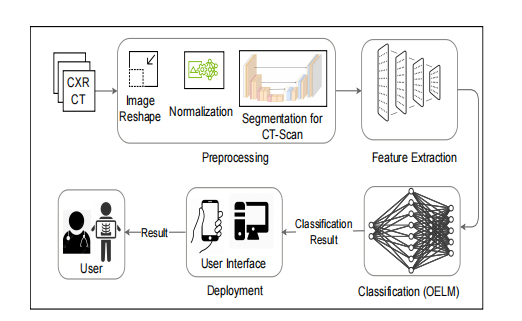
Fig. 1. The CNN-O-ELMNet model architecture for processing CXR/CTimages, including preprocessing, feature extraction, and classification,with potential deployment of results on user interfaces for end-users.
图1. CNN-O-ELMNet模型架构,用于处理胸部X射线/计算机断层扫描(CXR/CT)图像,包括预处理、特征提取和分类,可能在用户界面上展示结果供最终用户使用。

Fig. 2. Layered representation of the optimized extreme learningmachine (O-ELM) showcasing random weight optimization with ICA formatrix A and weight calculation for C using the Moore-Penrose inverse.
图2. 优化极限学习机(O-ELM)的分层表示,展示了使用ICA进行矩阵A的随机权重优化和使用Moore-Penrose逆计算C的权重。

Fig. 3. Initial empire setup in ICA optimization, featuring imperialists and their colonies.
图. 3. ICA优化中的初始帝国设置,展示帝国和它们的殖民地。

Fig. 4. Colony movement towards imperialists - A key step in ICAoptimization, initiating imperialist competition.
Fig. 4. 殖民地向帝国主义者移动 - ICA优化中的关键步骤,引发帝国主义者之间的竞争。

Fig. 5. Confusion matrix illustrating disease detection rates for proposed CNN-O-ELMNet on diverse multi-disease and multi-modality datasets.
Fig. 5. 混淆矩阵,展示了提议的CNN-O-ELMNet在多种多样的多疾病和多模态数据集上的疾病检测率。

Fig. 6. Epoch-wise accuracy comparison of the proposed CNN-O-ELMNet model against baseline models (C-BP (CNN-BackPropagation, TLENet (TL with EfficientNetV2L), ST (Swin Transformer), S-ELM (Simple-ELM), and G-ELM (Genetic Algorithm based optimized ELM) across diversedatasets. Hidden neuron values: 1000 for C vs H and 1200 for all other classifications. Notations: C vs H (Cancer vs. Healthy), TB vs. N (Tuberculosisvs. Normal), P vs. NP (Pneumothorax vs. Non-Pneumothorax), and M vs. Mo vs. S (Mild vs. Moderate vs. Severe)
图6. 提出的CNN-O-ELMNet模型在不同数据集上与基准模型(C-BP(CNN反向传播)、TLENet(TL与EfficientNetV2L)、ST(Swin Transformer)、S-ELM(简单ELM)、G-ELM(基于遗传算法优化的ELM))的逐时段准确率比较。隐藏神经元值:C vs H为1000,其他分类均为1200。符号说明:C vs H(癌症 vs. 健康)、TB vs. N(肺结核 vs. 正常)、P vs. NP(气胸 vs. 非气胸)、以及M vs. Mo vs. S(轻度 vs. 中度 vs. 重度)。

Fig. 7. Performance of the CNN-O-ELMNet model compared to different architectures with varying numbers of hidden neurons across multipledatasets. The highest accuracy is achive at the optimal hidden neuron value. Notations: C vs H (Cancer vs. Healthy), TB vs. N (Tuberculosis vs.Normal), P vs. NP (Pneumothorax vs. Non-Pneumothorax), and M vs. Mo vs. S (Mild vs. Moderate vs. Severe)
Fig. 7. CNN-O-ELMNet模型在多个数据集上与不同架构的性能比较,随着隐藏神经元数量的变化而变化。最高准确率在最佳隐藏神经元值时达到。符号说明:C vs. H(癌症 vs. 健康)、TB vs. N(结核病 vs. 正常)、P vs. NP(气胸 vs. 非气胸)、M vs. Mo vs. S(轻度 vs. 中度 vs. 重度)。

Fig. 8. Displaying CNN-O-ELMNet model results in accuracy across diverse datasets for varying country and initial imperialist combinations.Notations: C vs H (Cancer vs. Healthy), TB vs. N (Tuberculosis vs. Normal), P vs. NP (Pneumothorax vs. Non-Pneumothorax), and M vs. MO vs. S(Mild vs. Moderate vs. Severe)
Fig. 8. 展示CNN-O-ELMNet模型在不同国家和初始帝国组合下在各种数据集上的准确率结果。符号说明:C vs. H(癌症 vs. 健康)、TB vs. N(结核病 vs. 正常)、P vs. NP(气胸 vs. 非气胸)、M vs. MO vs. S(轻度 vs. 中度 vs. 重度)。
Table
表

TABLE Isymbolic table: visualizing terms through icons and emblems. notation: sym (symbol)
表格 I 符号表:通过图标和徽章展示术语。符号表示:SYM(符号)

TABLE II model performance across datasets assessed with precision, sensitivity, f-1 score, accuracy, and mcc.
表格2模型在不同数据集上的性能评估,包括精确度、敏感度、F1分数、准确率和MCC。

TABLE IIIaccuracy comparison of the proposed cnn-o-elmnet (o-elm) model with baseline models (c-bp (cnn-backpropagation), tl-enet (tl with efficientnetv2l), st (swin transformer), s-elm (simple-elm), and g-elm (genetic algorithm based optimized elm)) on different datasets.
表格3 提议的CNN-O-ELMNet(O-ELM)模型与基准模型(C-BP(CNN-BACKPROPAGATION)、TL-ENET(TL WITH EFFICIENTNETV2L)、ST(SWIN TRANSFORMER)、S-ELM(SIMPLE-ELM)和G-ELM(基于遗传算法优化的ELM))在不同数据集上的准确率比较。

TABLE IV performance comparison of the proposed model vs state-of-the-art models.
表格 IV提议模型与最先进模型的性能比较。

TABLE V impact of individual components: ablation study results comparing the effects of elm integration (with and without), and the performance variance between optimized elm and simple-elm configurations, elucidating their influence on overall model performance. tl-enet refers to transfer learning with efficientnetv2l
表格 V个体组件的影响:消融研究结果比较了ELM集成的效果(有和无),以及优化ELM和简单ELM配置之间的性能差异,阐明它们对整体模型性能的影响。TL-ENET指的是使用EfficientNetV2L进行迁移学习。
